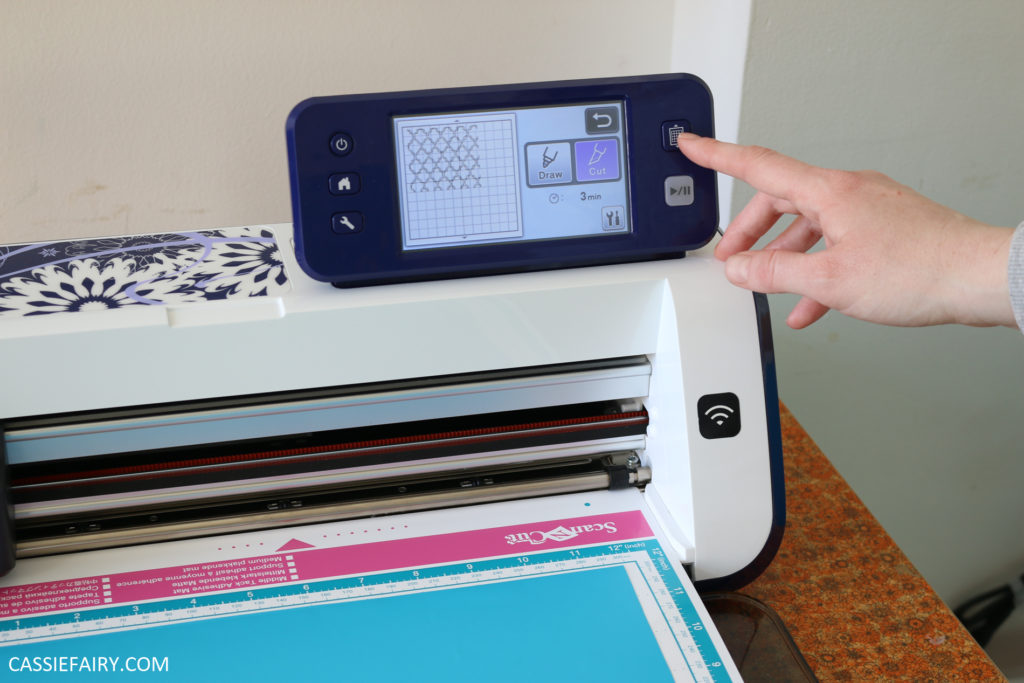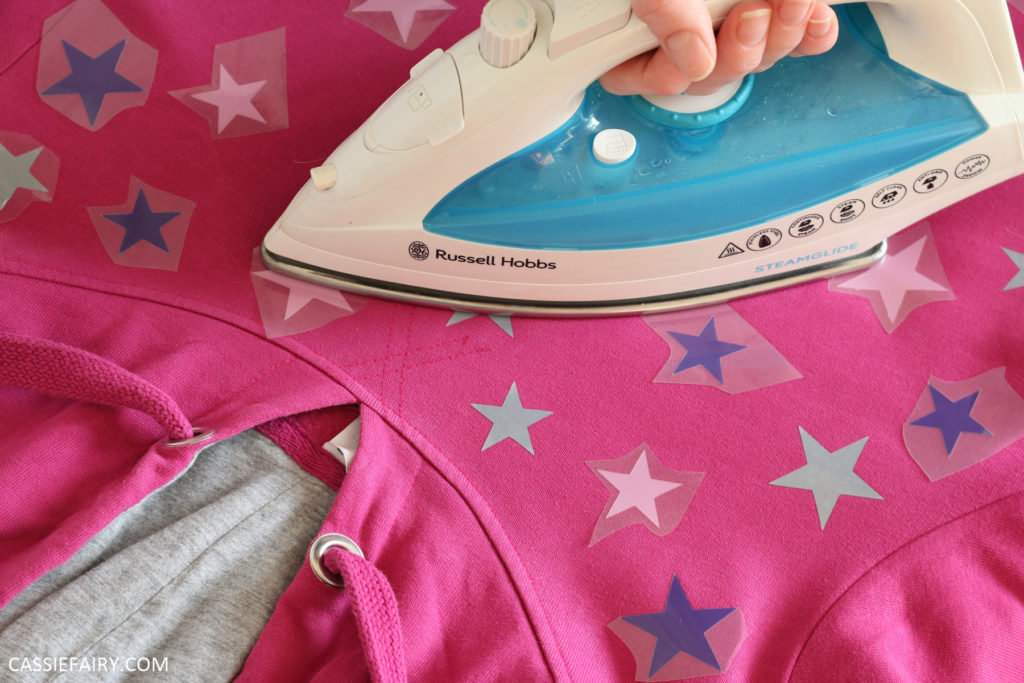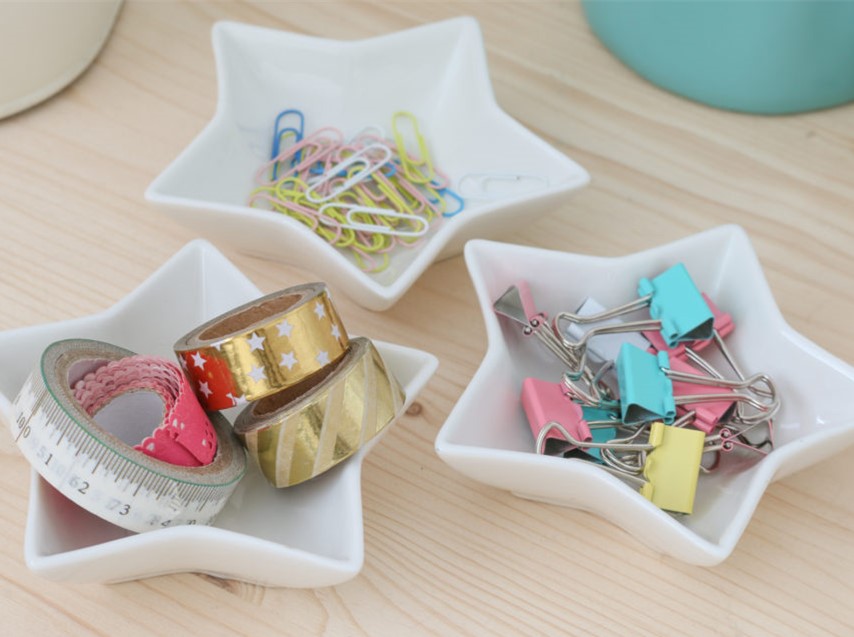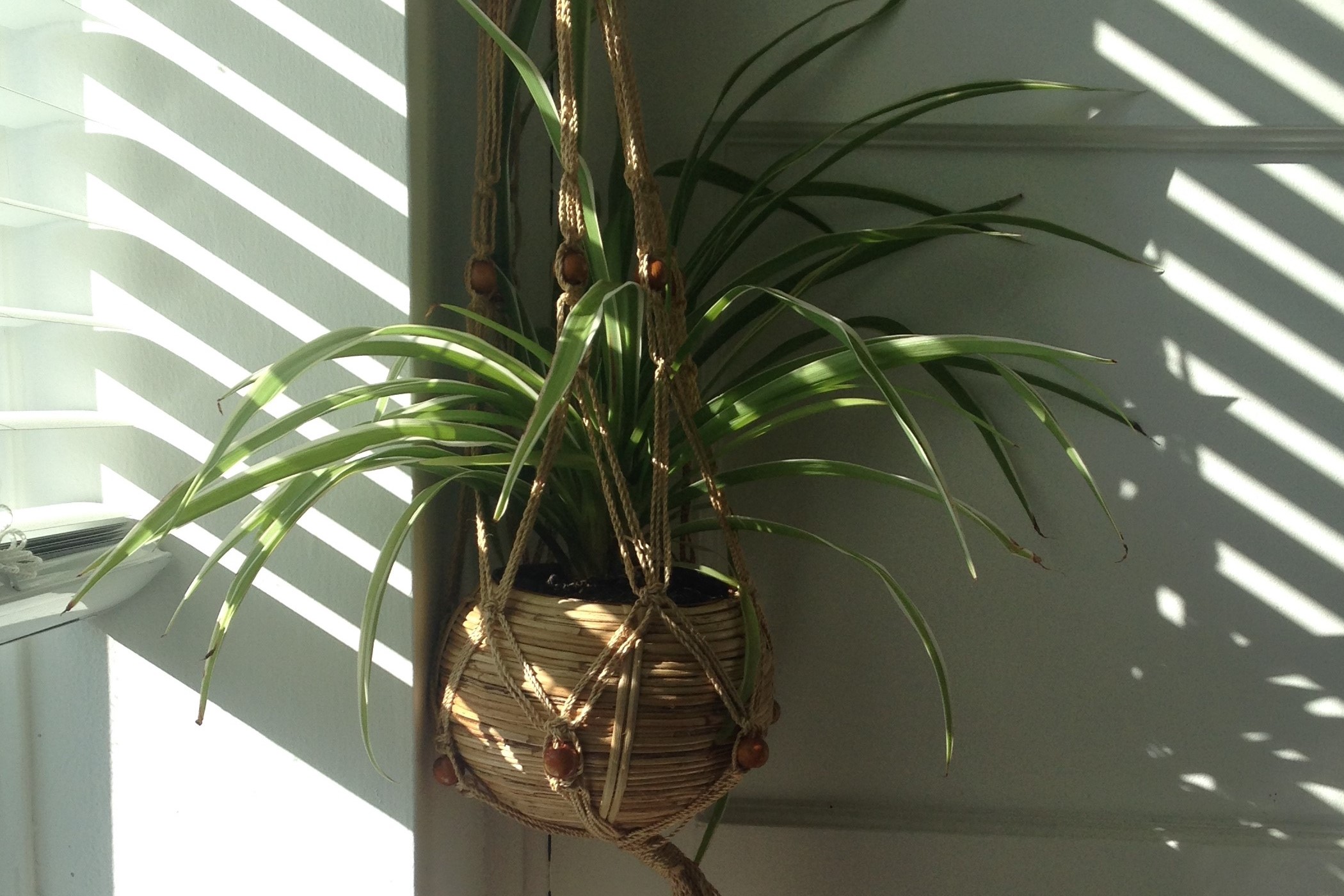I’ve also shared a blog post with a checklist of things to consider when you’re starting up a small independent business, so be sure to check that out too!
1. IDENTIFY YOUR MARKET
Before you start your own business (or begin selling your own t-shirts), you’ll first have to identify the group of people who will buy your product. You should look for a niche market so that there’ll be less competition in the early stage of your business, allowing you to grow. It will also help you cater your designs specifically for a faithful customer base.

2. STUDY THE COMPETITION
If you’ve chosen a niche that already has competition, you might as well study them and learn from them. Don’t focus on their design because it can harm the uniqueness of your brand, instead you should check out how they promote their business and sell their supplies. Marketing and selling are the most challenging tasks, so, study how established businesses in your niche do it to kick start your own ideas.
3. DESIGN AND BRAND
This is the fun part! Go on a creative spree and create something fun. You can use software like Adobe Photoshop, Illustrator, etc. to design your product, or simply get out a sketchbook and pencils. Get feedback from your friends and family who understand the niche and work on the design again if necessary. Once the design is complete, figure out the manufacturing process. You could outsource it to a third-party or manufacture the product yourself – it depends on what you’re planning to create. If you’re creating t-shirts, for example, you could do it all yourself from home, with the following supplies:
- You will need heat transfer vinyl.
- You will need a cutting machine to cut your vinyl. We’ve got the ScanNCut but there are many cutting machines available.
- Lastly, you will need a high-quality heat press machine to attach the vinyl. You can find some recommendations for heat press machines for small business use here.

4. MARKETING AND SELLING
This part needs a lot of brainstorming and experimenting! To start with, set up a profile on social platforms like Pinterest and Instagram to get your product seen by potential customers. Then, set up a store where you can sell your t-shirt – Etsy is a great place to sell handmade items without having to create a whole e-commerce website. You’ll need to figure out your manufacturing lead time for each of your product listings on Etsy so that you don’t disappoint customers by promising that their order will arrive the next day if it takes three days to make the product!

You can also try to sell your product offline by contacting your local independent stores and distributors and pitch your products to them. If you can get your makes into shops, they’ll be in front of a whole new audience of browsers and you might make extra sales that way.
5. PRICING
You’ll have to price your product so that it covers your production costs and your time but can still compete in the market. Business experts say that pricing your product too low can cause your customers to have less faith in your product – you don’t want to drive them away rather than bring them in! I’ve previously blogged some tips for managing the budget of a small business so have a read – it might help you save money in the long term.
I hope you’ve found this article helpful if you’re planning to start a home-based business. Let me know your tips in the comments below if you’ve already launched a business and can share some advice. And most of all, good luck in your venture!
This blog post is an advertisement feature that has been written in collaboration with a sponsor. The pink links in this post indicate a sponsored link 🙂






















